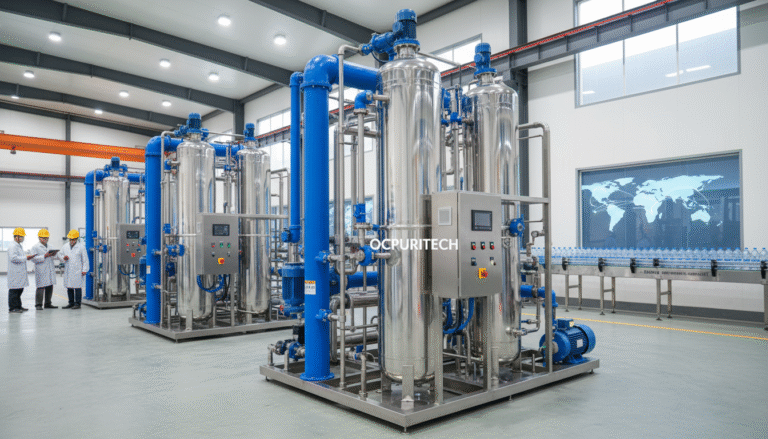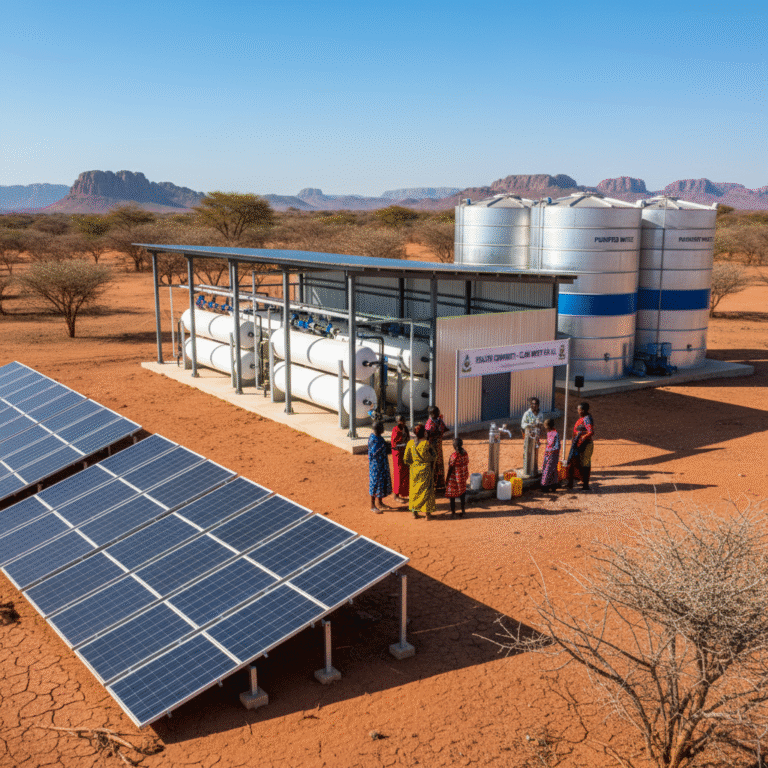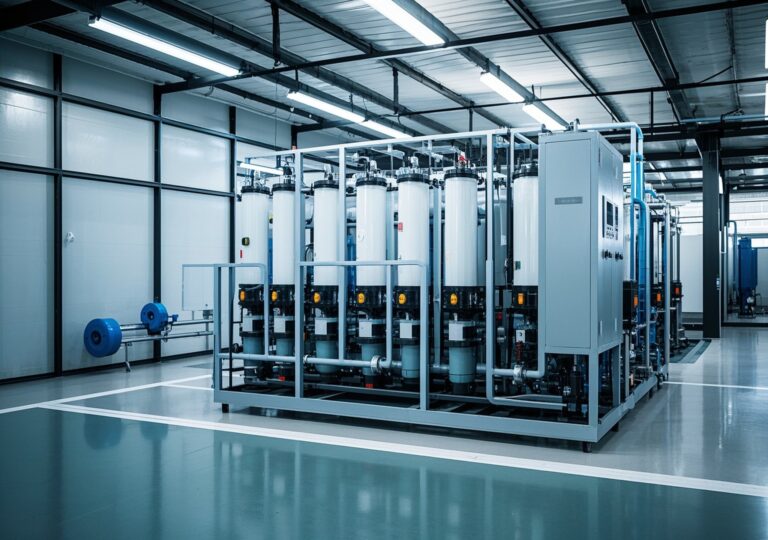Zealous Innovations: Discover the ro water treatment system for dialysis Impact

Zealous Innovations: Discover the ro water treatment system for dialysis Impact
In the evolving landscape of medical and industrial water purification, the reverse osmosis (RO) water treatment system for dialysis stands as a vital cornerstone ensuring patient safety and operational excellence. This article unfolds the comprehensive scope of such systems, their technical sophistication, market relevance, and actionable industry insights to support decision-makers in healthcare procurement and industrial water management.
1. Industry Overview: The Significance of Advanced Water Treatment
Water treatment technologies underpin a wide range of critical medical applications, particularly in hemodialysis, where water purity directly affects patient outcomes. Industrial water processing firms, driven by environmental responsibility and regulatory imperatives, have elevated their commitment to delivering reliable, compliant, and sustainable systems. High-quality ro water treatment system for dialysis solutions embody this commitment by eliminating chemical and microbial contaminants, safeguarding the dialysis process against adverse effects.
The complexity of water contaminants—from endotoxins to chemical residues—necessitates stringent water purification frameworks. Adhering to rigorous standards such as ANSI/AAMI RD62:2006, updated by ANSI/AAMI/ISO 13959:2014 and ANSI/AAMI ST108:2023, manufacturers of dialysis water treatment equipment integrate innovative filtration, sanitization, and monitoring technologies. These frameworks ensure compliance, define performance benchmarks, and establish ongoing water quality oversight protocols.
2. Comprehensive Product Portfolio: Engineering Excellence Across Water Purification Technologies
Leading industrial manufacturers offer an integrated range of water treatment solutions tailored to dialysis and broader medical applications:
- Reverse Osmosis (RO) Systems: Utilizing semi-permeable membranes, RO systems remove up to 99% of ionic and organic contaminants. Dual-pass RO setups enhance purification levels, targeting ultra-pure water essential for dialysate preparation.
- Ultrafiltration (UF) Systems: These fine filtration units protect against bacterial endotoxins and colloidal impurities often undetected by RO membranes, serving as a critical secondary barrier.
- Electrodeionization (EDI) Units: Combining ion-exchange resins with electrically driven purification, EDI systems provide continuous water deionization without chemical regeneration, optimizing water conductivity for sensitive applications.
- Pre-treatment and Softening Modules: By reducing hardness, chlorine, and organic loads ahead of RO membranes, these units extend membrane lifespan and enhance system reliability.
Each subsystem is scalable and configurable to address the diverse water qualities from municipal to well water sources across various medical facilities.
Technical Snapshot: Performance Parameters and Application Suitability
| System Type | Key Purification Features | Typical Removal Efficiency | Ideal Application |
|---|---|---|---|
| Reverse Osmosis (RO) | Removes salts, organics, bacteria, pyrogens | 95-99% | Dialysis water preparation, pharmaceutical manufacturing |
| Ultrafiltration (UF) | Removes endotoxins, colloids, viruses | 99.99% | Polishing RO permeate, high purity water systems |
| Electrodeionization (EDI) | Continuous ion removal, no chemical regeneration | ~99% | Water polishing in medical and electronic industries |
| Pre-treatment & Softening | Hardness and chlorine reduction, organic removal | Varies by media | Protects membranes and downstream equipment |
3. Technological Innovations Driving Superior Outcomes
Advancements in membrane materials, system automation, and online monitoring have redefined the capabilities of dialysis water systems. Among these innovations:
- Double-Pass RO Systems: Achieve deeper purity by sequential RO filtration, critically reducing total dissolved solids (TDS) and endotoxins in compliance with evolving standards.
- Automated Sanitization Protocols: Integration of scheduled chemical and thermal sanitization preserves microbial control and system integrity with minimal manual intervention.
- Real-Time Monitoring Sensors: Sensors track parameters such as conductivity, pH, bacterial load, and flow rates, enabling predictive maintenance, reducing downtime, and ensuring continuous quality assurance.
These innovations not only improve water quality but also enhance energy efficiency and operational cost-effectiveness.
Competitive Comparison: Traditional vs. Advanced RO Systems
| Feature | Traditional RO System | Advanced Double-Pass RO System |
|---|---|---|
| Water Purity | Up to 95% removal of contaminants | Up to 99.5%, meeting stricter dialysis requirements |
| Energy Consumption | Moderate, with minimal recovery optimization | Optimized energy recovery devices reduce consumption by 15-20% |
| Automation | Limited, manual control | Full automation with remote monitoring and alerts |
| Maintenance Frequency | High, due to limited microbial control | Reduced, with automatic sanitization and fouling detection |
4. Market Insights and Industry Leadership
The global market for dialysis water treatment systems was valued at approximately USD 0.86 billion in 2025, with forecasts projecting growth to USD 0.95 billion by 2034. This steady expansion aligns with increased prevalence of chronic kidney disease, expanding healthcare infrastructure, and regulatory tightening around water purity in medical facilities.
Regional innovation hubs specialize in integrating multi-stage water treatment technologies, balancing compliance with cost efficiency. Householding key standard developments such as ANSI/AAMI series, these hubs influence global benchmarks and market expectations.
5. Manufacturing Excellence and R&D Capacity
Modern manufacturers of dialysis-specific RO systems invest heavily in automated production lines, robust quality assurance protocols, and certified cleanroom assembly to meet medical device standards. Dedicated R&D centers explore next-generation membranes, surface coatings to reduce biofouling, and hybrid purification techniques combining RO with ultrafiltration and UV sterilization.
Collaborative projects with healthcare institutions ensure that product development stays aligned with real-world clinical demands, incorporating frontline feedback on system uptime, reliability, and ease-of-use.
6. Practical Case Studies: From Lab to Clinic
In one instance, a dialysis center upgraded to an advanced double-pass RO system equipped with integrated ultrafiltration and automated disinfection cycles. Within six months, microbial counts in dialysate water dropped by 60%, and downtime due to water quality failures reduced by 40%, generating an estimated operational saving of 20% in maintenance costs.
Another project involved retrofitting existing industrial water supplies with a multi-stage RO system tailored for hemodialysis. This customization delivered compliance with the ISO 13959:2014 endotoxin limits, improving patient safety metrics and helping the facility align with new regional healthcare regulations ahead of schedule.
7. Commitment to Environmental Sustainability
Innovations in water recovery and energy-saving technologies reflect the industry’s commitment to eco-friendly practices. By implementing energy-efficient pumps, optimizing permeate recovery ratios, and minimizing chemical usage in cleaning, modern RO water treatment systems reduce carbon footprints and operational waste.
Additionally, responsible sourcing of materials and attention to lifecycle management further demonstrate the sector’s dedication to sustainability and the preservation of natural water resources.
8. Next Steps: Engage with Leading Water Treatment Solutions
Organizations seeking to implement or upgrade dialysis water treatment systems should consider a holistic evaluation that balances regulatory compliance, operational demands, and environmental goals. Engaging with experienced manufacturers who provide customizable, validated solutions can streamline project execution and ensure long-term reliability.
Professionals are encouraged to initiate consultations through multi-channel communication—be it direct contact, virtual demos, or technical workshops—to tailor solutions that align with their facility’s unique water quality profile and regulatory environment.
By combining advanced technology with operational expertise, stakeholders can confidently meet the growing demands of dialysis water purity while optimizing costs and upholding patient safety standards.
References
- Association for the Advancement of Medical Instrumentation (AAMI), ANSI/AAMI RD62:2006 and ST108:2023 standards on dialysis and medical-grade water treatment
- Grand View Research, “Water Treatment Systems Market Size Report, 2030”
- MarketsandMarkets, “Reverse Osmosis (RO) Membrane Market”, 2021 Forecast




